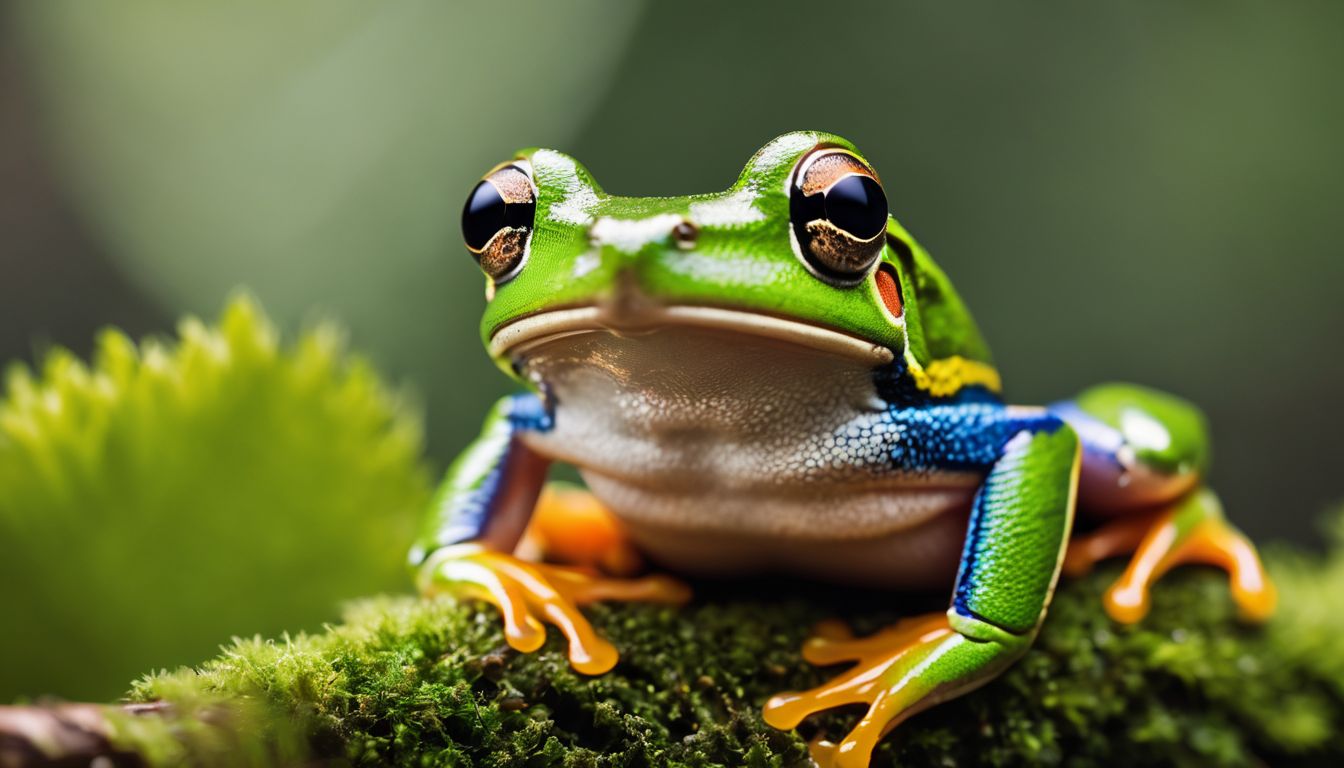Are you looking for information on how to provide the proper nutrition for your pet amphibian? Have you ever wondered what and how much a frog or salamander needs to eat? Amphibians need more than just insects in their diet, they also like plant material, fish, and other small invertebrates.
This article will give you a comprehensive guide on the types of food that are best suited for your amphibian as well as tips on making sure they get an optimal diet so that you can better understand what do amphibians eat. We’ll offer guidance about feeding habits and schedules that should be observed when it comes to caring for these interesting creatures.
Prepare yourself with all the facts needed to ensure a healthy lifestyle for your amphibious friend.
Key Takeaways
- Amphibians require a varied, balanced diet including different nutritional sources such as insects and invertebrates, worms, small fish, crustaceans and plants/algae.
- It is important to maintain an appropriate feeding schedule by providing food three times a week for adults and multiple feedings daily for babies due to their higher metabolisms.
- Temperature is crucial when establishing a feeding regime as many amphibians struggle to digest food below certain temperature levels.
- When feeding young amphibians it’s essential to see that they receive adequate nutrition; provide them with high-protein foods like live or frozen worms or insects along with some vegetables which supply essential vitamins and minerals.
Types of Food for Amphibians
Amphibians typically consume insects and invertebrates, worms, small fish, crustaceans, as well as plants and algae.
Insects and Invertebrates
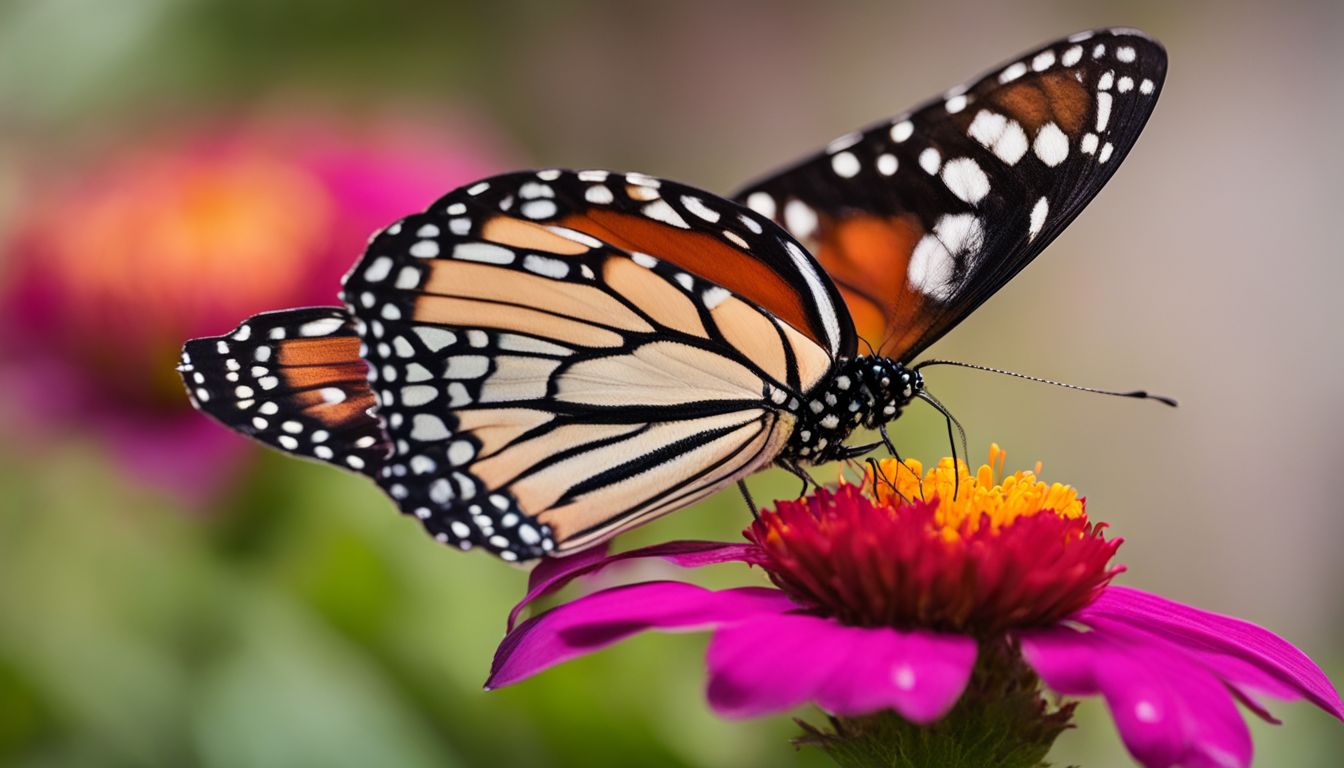
Insects and other small invertebrates are an essential part of the diet for amphibians, providing a variety of essential amino acids and other nutrients. They should make up the majority of their food intake, as they contain more protein than plant matter.
A varied diet of insects including crickets, mealworms, moths, spiders and worms is important to ensuring that your pet frog or salamander gets enough variety in nutrients to thrive.
Additionally, different types of beetles offer various calcium ranges suitable for meeting different species’ dietary needs. Allowing your amphibian to hunt for some prey items can be great fun and exercise too!
Worms
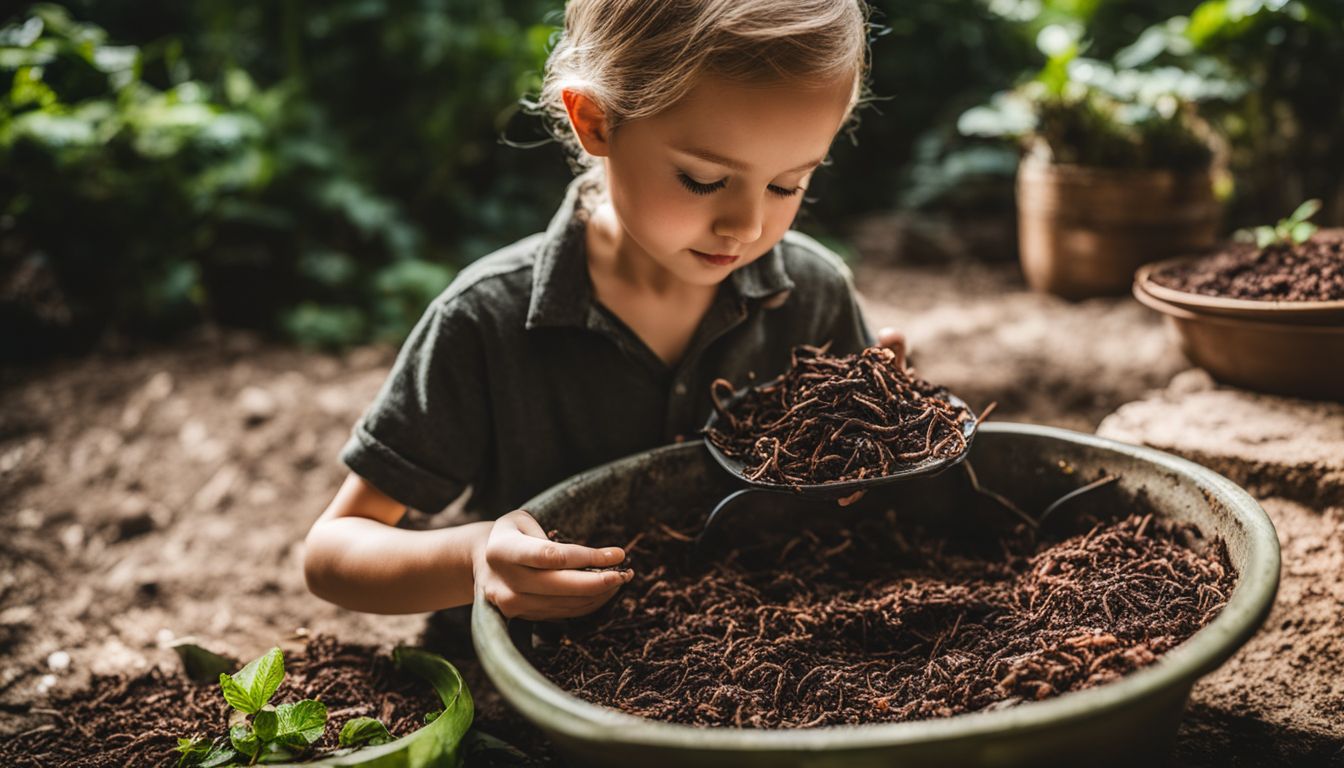
Worms have been a significant part of amphibians’ diets for centuries. They are an excellent source of nutrition and can be easily acquired in the wild. Earthworms, in particular, provide numerous key nutrients like calcium, phosphorus, vitamin A and B complex vitamins that help support the growth and overall health of amphibians.
In addition to earthworms, there are other types of worms also consumed by amphibians. Examples include nematodes (roundworms), and hammerhead worms which feed on small invertebrate prey such as white grubs or larvae – both of which serve as excellent food sources for some species.
Worms belonging to phyla Platyhelmintes (flatworms), Nematoda (nematodes), and Annelida are all commonly found in ponds or wetlands environments worldwide–making them readily available for amphibians consumption year-round!
Small Fish
Small fish are a crucial part of an amphibian’s diet. They offer substantial levels of protein and fat that help support healthy growth, as well as providing important vitamins and minerals.
Additionally, consuming small fish gives amphibians the opportunity to sharpen their predatory hunting skills – many species of amphibians depend on live prey for survival in the wild, so being able to hunt for their food provides them with valuable practice which supports natural instincts.
Common types of small fish suitable for feeding include guppy fish, minnows, and fingerlings; all of these should be thoroughly washed prior to feeding – chlorine or chemicals found in tap water can harm sensitive amphibian skin.
Prior to purchasing it is essential to research the type of prey you are proposing to give your pet, as there may be specific requirements associated with individual species which need accounting for accordingly (e.g., body size).
Crustaceans
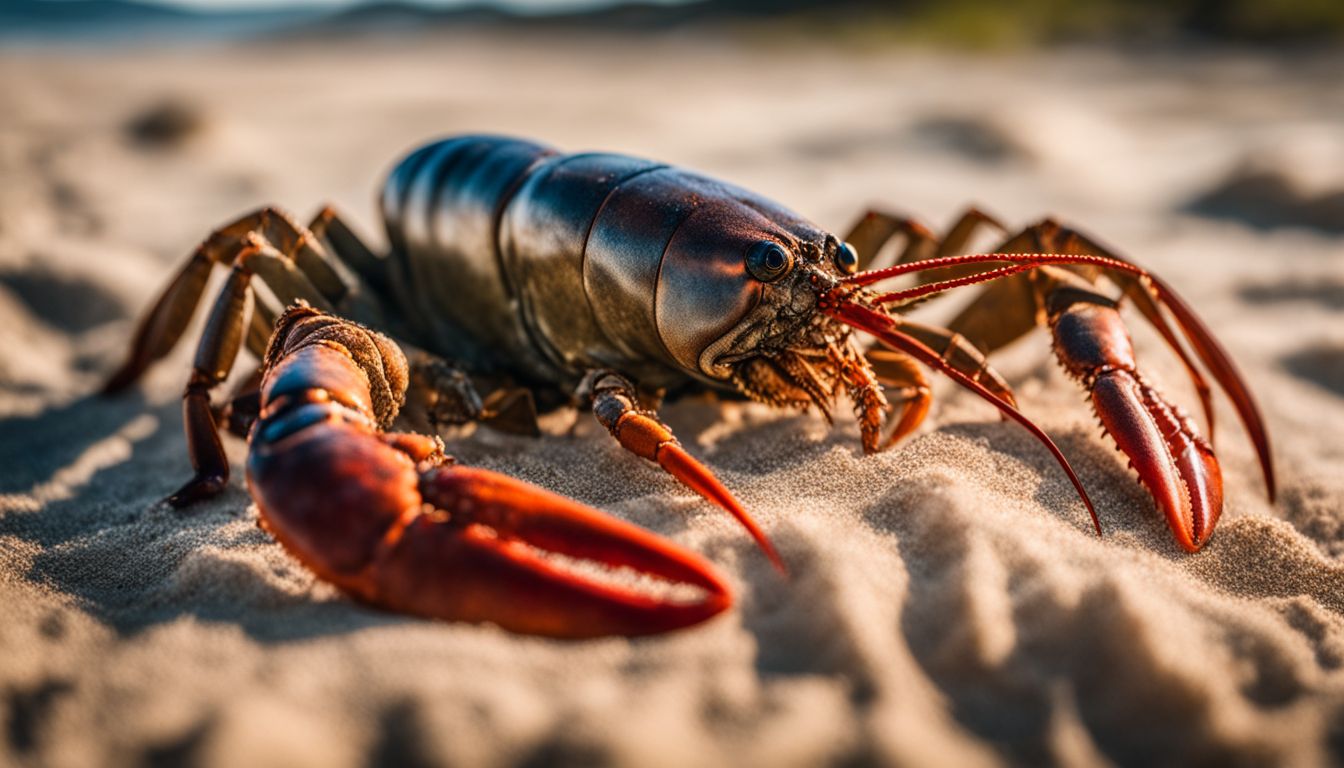
Crustaceans are a type of invertebrate animal belonging to the subphylum Crustacea. With around 45,000 species existing today, this taxonomy involves groups such as crabs, shrimps, and lobsters.
Amphibians like frogs can dine on various types of crustaceans depending on their size – from tiny fairy shrimp all the way up to larger crabs. These animals primarily consume organic matter left behind by other predators and obtain their food by swimming or crawling about in search of it.
Crayfish are a type of freshwater crustacean that have voracious appetites with nocturnal feeding habits making them an attractive source of food during nighttime hours for amphibians like frogs who hunt after dark when many prey items are available.
Plants and Algae
Plants and algae are a crucial part of the amphibian diet, with many species relying on them for their nutrient intake. Plants provide essential vitamins, minerals, and carbohydrates while helping to maintain healthy digestion.
Algae are also rich in nutrients that amphibians need such as phosphorus, calcium, and other trace minerals which aid in maintaining optimum health. Many common aquatic amphibian species consume small plants such as pondweed or duckweed to supplement their protein-rich diets consisting of worms and insects.
Even terrestrial frog species will benefit from occasional food sources like vegetation since it provides the necessary fiber for intestinal health. While there is often naturally occurring vegetable matter present in most natural bodies of water where some aquatic amphibians inhabit, supplemental plant material can be provided to ensure optimal nutrition requirements for these animals are met – consider commercially available “frog salad” mixes to supplement your animal’s diet.
Feeding Habits and Schedule
Amphibians will thrive if provided with a varied diet and an appropriate feeding schedule that takes into consideration the temperature of their habitat.
Varied Diet
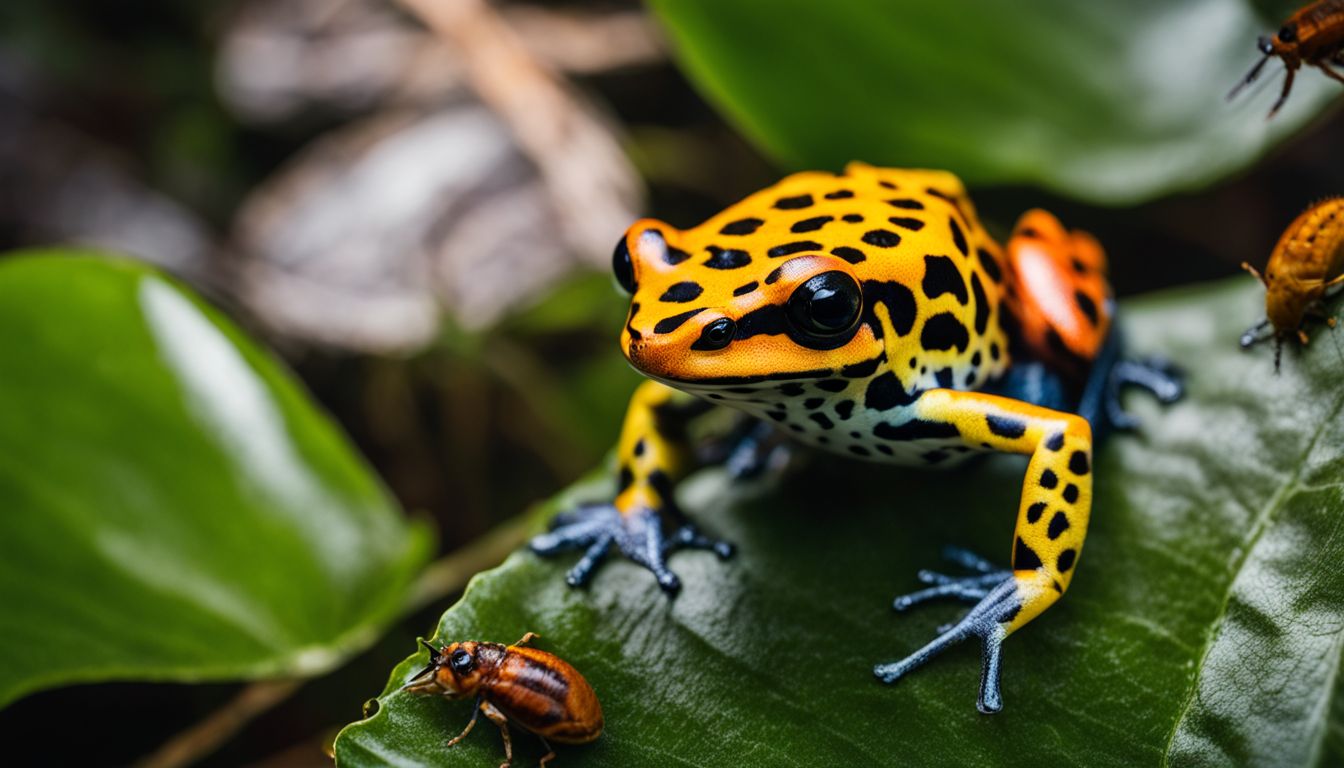
Amphibians require a varied, balanced diet to stay healthy. While their diets will depend on the exact species, most of them feed on insects and invertebrates such as worms, small fish or crustaceans.
They are also likely to consume some plants and algae for additional nutrients. To ensure optimal health, amphibians need access to all these food sources because each type provides different essential vitamins and minerals that make up a well-rounded diet.
Some larger species of amphibians like ornate horned Toads can incorporate mice into their diets as well for necessary protein. Eating a variety of food is particularly important when it comes to young amphibians since they need sufficient nutrition during their growth spurts which typically occur in the first year of life; eating various types of foods is important for overall physical development and energy levels at this time too.
Rigorous Feeding Schedule
Feeding amphibians in captivity requires a thorough understanding of their nutritional requirements and dietary habits. Once the types of food that are suitable for them have been identified, it is important to maintain a strict feeding schedule.
Generally, adults should be fed three times a week, while babies should be given multiple feedings daily because they have higher metabolisms and need to be replenished more frequently.
It’s also essential to keep track of temperatures when serving meals as some Amphibians struggle to digest food below certain degrees Celsius or Fahrenheit. With young creatures such as Tadpoles, it’s critical to provide the right nutrition as this determines growth rate and health until adulthood.
Temperature Considerations
Temperature can have a significant impact on the health of amphibians, as they are ectothermic – their metabolism and digestion are dependent upon their environmental temperature.
Temperature fluctuations should be taken into consideration when establishing eats for an amphibian habitat– inappropriate temperatures can lead to lethargic behavior during hunting due to reduced metabolic rates, or impacted digestion resulting from inadequate thermoneutrality.
For this reason, it’s essential that optimal temperature levels and consistent conditions are maintained in captive habitats to ensure frogs do not suffer undue stress while feeding or digesting food items.
To account for this when providing meals, owners may need to adjust the frequency of feedings with seasonal changes – summer heat often accelerates digestion processes which can improve growth but also shorten the lifespans of prey items if not adjusted accordingly.
Considerations for Feeding Young Amphibians
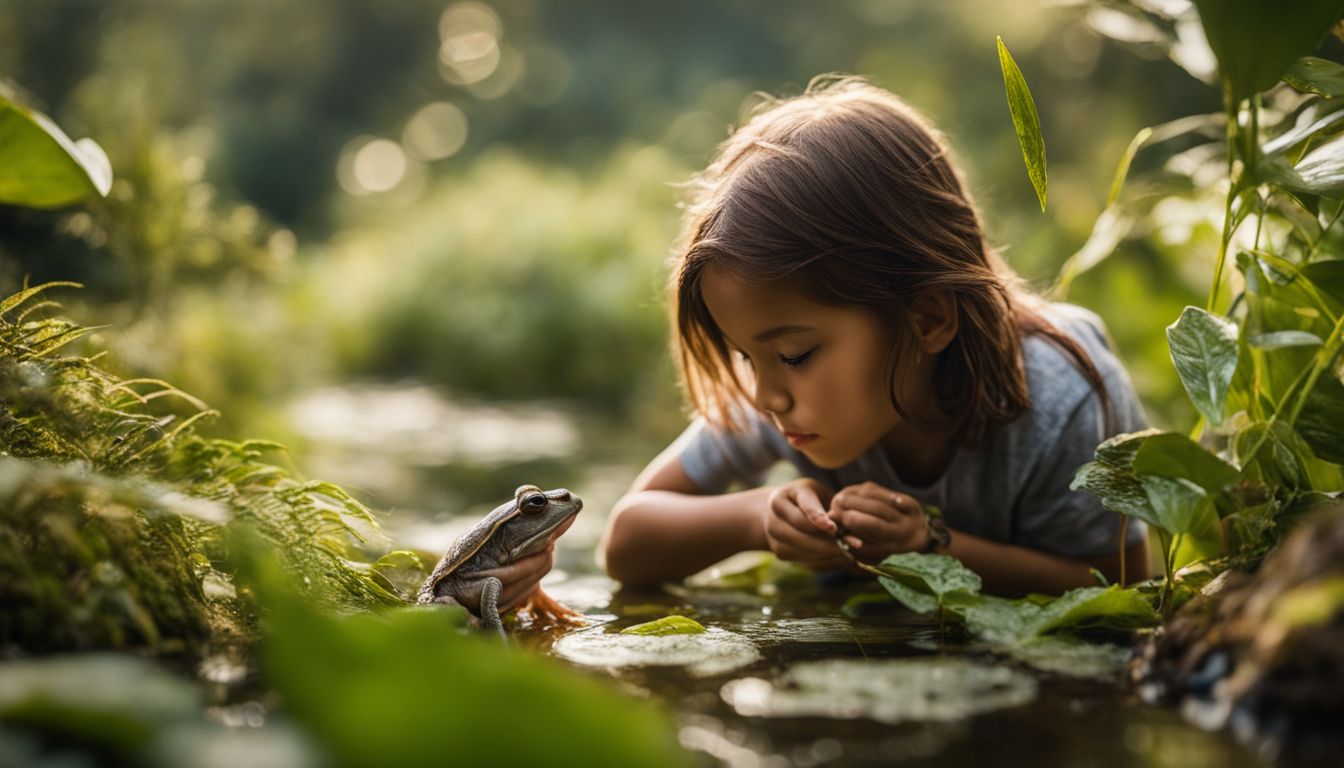
It is important to consider proper nutrition when feeding young amphibians such as selecting the right types of food, providing adequate amounts and having a consistent feeding schedule.
Proper Nutrition for Growth
To ensure adequate growth and development, amphibians should receive a varied diet full of vitamins, minerals, proteins and other nutrients. Young amphibians need a much higher calorie intake than adults in order to grow into mature specimens.
They typically require high-protein meals consisting of live worms and small insects – as these are easily digested for rapid nutrient absorption compared to fruits or vegetables.
In addition, dietary variety can also help prevent nutritional deficiencies that could arise from limited food options. Adult amphibians require protein sources such as bloodworms for energy and their skin requires certain fatty acids found in frozen brine shrimp or dried fish flakes to stay healthy.
Feeding Techniques
- For Larval Amphibians: Feed them as if you were feeding small fish, providing small pieces or slices of food including live food, brine shrimp, spirulina algae pellets or flakes. Migrate to a variety of live and frozen food once the larval form is completed.
- For Juveniles & Adults: Offer 1-2 feedings per day using a variety of invertebrate prey such as insects like crickets or freeze-dried options such as mealworms and brine shrimp. Ensure sufficient protein content and include some essential vitamins and minerals.
- Softening Hard Food: Sometimes hard-shell insects should be softened by letting them sit in water for a few minutes before offering them to amphibians – this helps tenderize them.
- Food Size Adjustment: Insects for juvenile amphibians should be smaller than those suited for adults so they can swallow them easily, while still providing proper nutrition.
- Temperature Considerations: Cooler temperatures make some amphibians less active and, therefore, less hungry; higher temperatures on the other hand make them hungrier. Note the temperature when providing food for optimal digestion.
Transition to Adult Diet
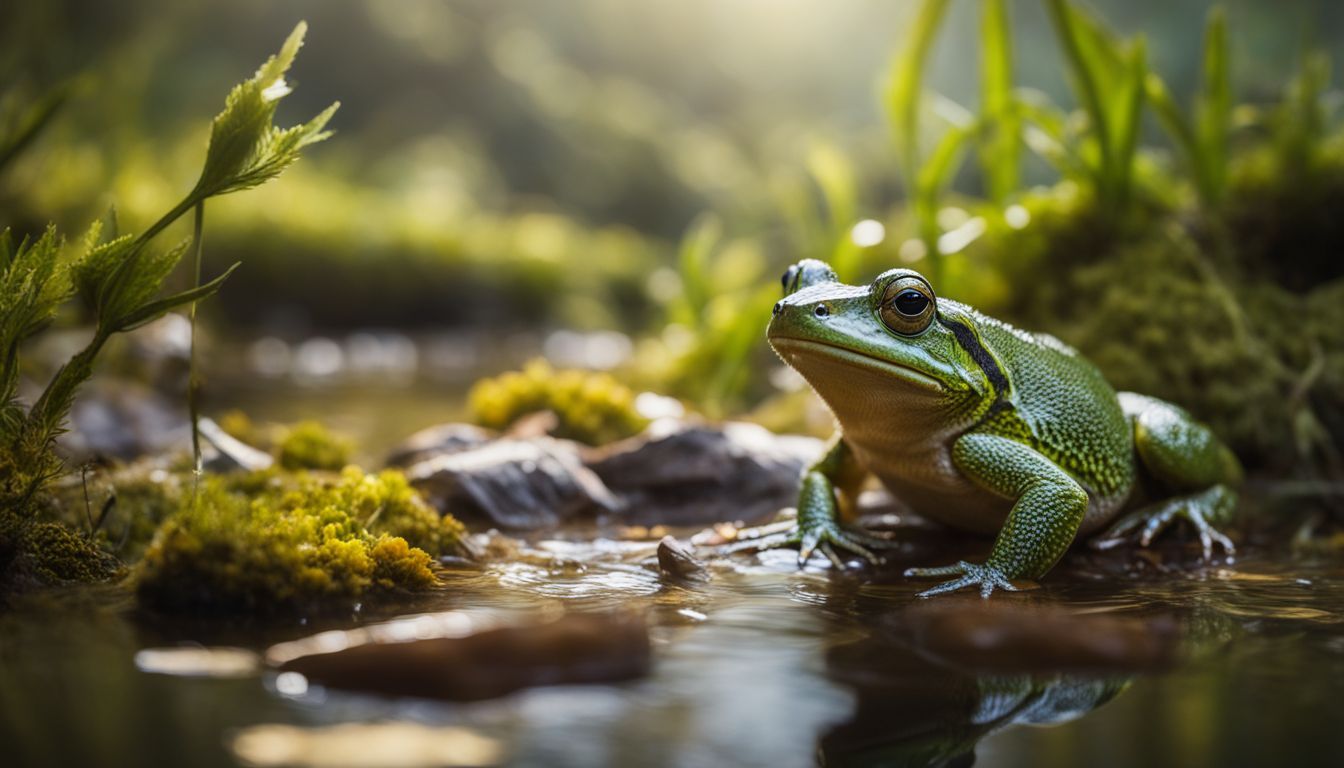
When amphibians reach adulthood, their diet will gradually shift to become more varied and protein-rich as they mature. Juvenile amphibians should receive sufficient nutrition in order for them to grow properly; however, adult specimens require an appropriately balanced diet of proteins, fats, carbohydrates, vitamins and minerals.
Feeding techniques for adults vary depending on the species but generally involve offering live food multiple times throughout the day. To ensure that they have a balanced diet they must be provided with a comprehensive variety of prey items such as insects, worms, crustaceans or small fish depending on what is available in the habitat of your chosen pet amphibians.
Temperature is another factor that needs to be considered – most amphibians rely mainly on environmental temperature rather than body heat like mammals do so some species may need special heating elements during particularly cold periods As juveniles transition into adulthood it is important that changes are made gradually and carefully otherwise they could suffer from health problems caused by rapid changes in water chemistry or unusual diets.
Common Feeding Mistakes to Avoid
Many devastating mistakes can be made when feeding your amphibians, so pay careful attention to not overfeeding or choosing the wrong foods for them.
Overfeeding
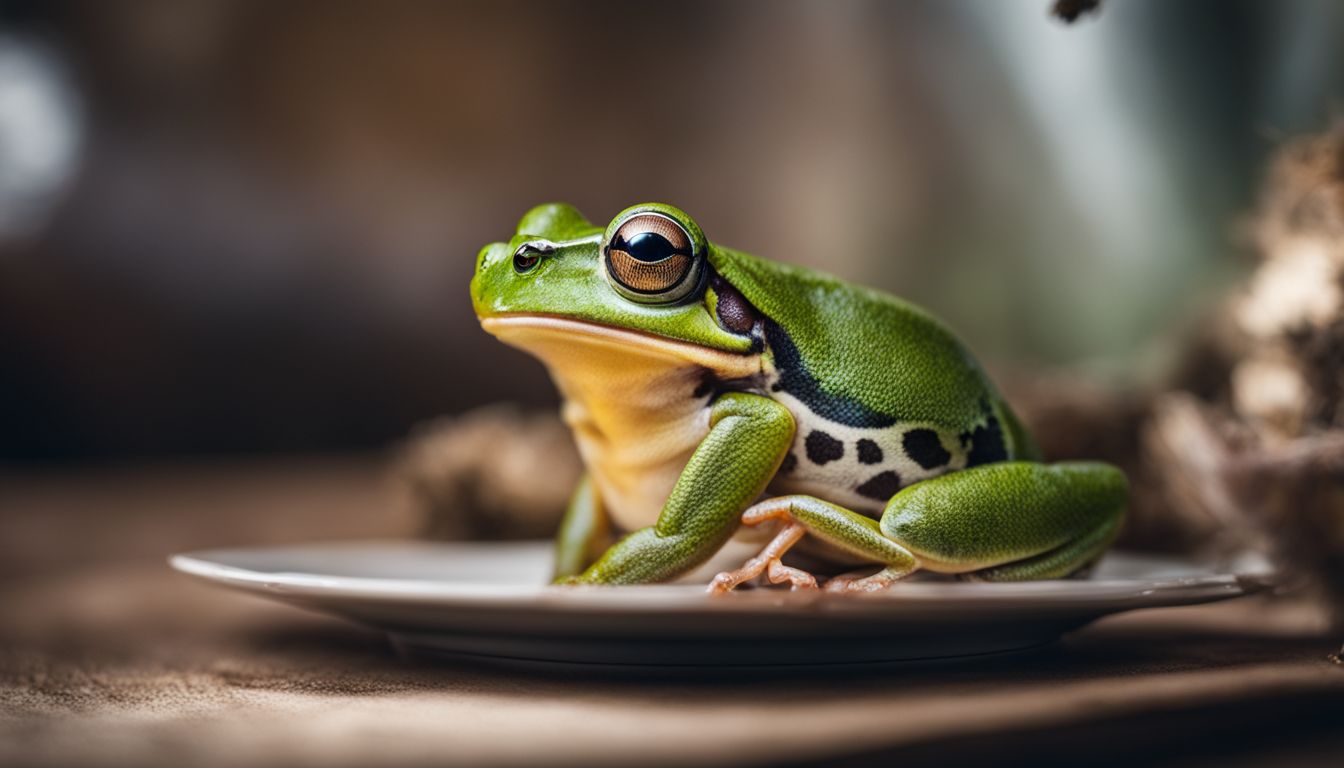
Overfeeding amphibians can cause a range of problems which can result in serious risks to their health and well-being. Certainly, all amphibians need sufficient nutrition to thrive but providing more food than needed is not beneficial – instead, it could potentially have negative consequences on the animals’ development and life expectancy.
Too much food results in an increased risk of digestive issues such as bloating, or even further complications arising from dietary imbalance. For young amphibians especially this issue should be avoided as improper nourishment during crucial developmental stages can affect growth negatively and stunt natural progress.
Amplified levels of fat and unhealthy cholesterol resulting from overfeeding are two other key concerns that owners should watch for carefully; too much fat present in diets hinders oxygen absorption, inhibits digestion, and promotes parasites within the gut respiratory failure due to stuffed stomachs is another possible danger looming with overfed individuals.
Inappropriate Food Choices
When feeding amphibians, it is important to be aware of the inappropriate food choices available. Common mistakes made by inexperienced keepers include overfeeding and selecting food sources with a fat content that is higher than recommended.
An abundant supply of fatty foods overwhelms the digestive system of frogs and can lead to health problems such as liver disease, obesity, and calcium deficiencies in later life. Inappropriate foods for Amphibians include processed food items like cheese or crackers, breads or doughs, or high-fat options like insects drenched in oil before being fed.
Stay away from live fish which are typically too large for an average frog’s mouth size nor will many species hunt prey underwater. Additionally, avoid different kinds of meats that can introduce bacteria into the frog’s enclosure – instead choose earthworms, mealworms or wax worms from local pet stores that are specifically raised for reptile/amphibian consumption!
Lack of Variety
When it comes to feeding amphibians, a varied diet is key. Without special care for their nutrition needs, a lack of variety in an amphibian’s diet can lead to nutritional deficiencies and health issues.
Mealworms and crickets are good sources of protein but other foods such as chopped vegetables, worms, fruits, flowers and other invertebrates should be added to the mix and offered regularly for optimal health.
Studies suggest that providing more than three different food items allows amphibians to obtain more nutrients from the broader selection available which helps prevent any one nutrient from becoming deficient.
Conclusion
Overall, it’s important to take the time to understand the specific dietary needs and feeding habits of different species of amphibians. Providing a varied diet is key for ensuring their overall health and well-being.
While they all have certain things in common, each species has unique dietary requirements including the size, type and quantity of food they consume. In order to avoid common mistakes like overfeeding or offering inappropriate food choices, it’s important to research depending on your particular species before beginning a regular routine with your pet amphibian.
With proper knowledge and guidance, you’ll be able to offer them an enriching environment full of flavourful snacks that meet nutritional guidelines while supporting their diets—that might even include eating some tasty insects!
FAQs
What foods do amphibians eat?
Amphibians typically eat a variety of insects, worms, small fish and other invertebrates. Some larger species also eat frogs and lizards.
How often do amphibians need to be fed?
The frequency of feeding for an amphibian depends on the particular species as well as the size of its intended meal. Generally speaking, adult amphibians should generally be fed once every 2-4 days while juveniles may require more frequent meals depending on their growth rate.
Do all types of amphibians feed in the same way?
No, different types of amphibians have varying methods for capturing their prey which can include ambush hunting or even using sticky tongues like some frogs and salamanders to capture food from a distance.

